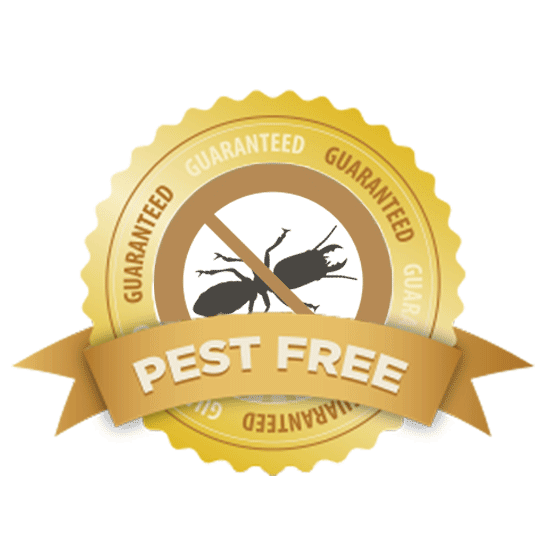Mastering the Art of Insect Control: Proven Techniques for Long-Term Avoidance and Obliteration
Bug infestations can be a persistent challenge for home owners and organizations alike, needing a strategic technique to effectively manage and remove these undesirable trespassers. By mastering the art of parasite control with tried and tested approaches for long-term prevention and elimination, one can develop a positive defense versus possible risks. Understanding the habits of pests, carrying out incorporated bug administration methods, and making use of natural solutions are just a couple of key components important to accomplishing enduring success in this undertaking. Nonetheless, the intricacies of keeping sanitation, performing routine examinations, and thorough surveillance play equally important functions in sustaining a pest-free setting. As the fight versus parasites proceeds to progress, adopting a thorough method becomes critical in safeguarding your building from prospective harm.
Comprehending Insect Behavior
To effectively apply pest control approaches, it is vital to understand the elaborate habits displayed by numerous parasites in various environments. Comprehending parasite actions is a fundamental facet of developing efficient bug administration plans. Each bug varieties has unique practices and choices that affect their feeding, movement, and breeding patterns. By examining these actions, bug control specialists can identify the most weak spots in the pest's life cycle to target interventions better.
For example, rodents like mice and rats are nighttime animals that like dark, private areas close to a food source. a1 commercial pest control portland. Recognizing this, bug control professionals can focus on sealing access factors and getting rid of food attractants to discourage these pests. In comparison, pests such as cockroaches thrive in cozy, moist locations with access to water. By dealing with wetness problems and securing fractures and gaps, problems can be significantly reduced.
Applying Integrated Insect Monitoring
Executing Integrated Parasite Management entails utilizing an all natural technique to deal with bug issues by integrating numerous control strategies and approaches. This method highlights avoidance, monitoring, and control of parasites through a mix of organic, cultural, physical, and chemical treatments. By incorporating multiple methods, Integrated Parasite Management (IPM) intends to minimize making use of chemicals while effectively handling pest populaces.
One trick aspect of IPM is identifying the certain parasite trouble and understanding its habits and life cycle. This expertise helps in figuring out one of the most ideal control measures to carry out. Avoidance is also a fundamental principle of IPM, focusing on getting rid of aspects that draw in parasites, such as water, shelter, and food. Regular monitoring and assessment are important to spot insect invasions early and stop them from escalating.
In addition, IPM advertises the usage of eco-friendly and lasting bug control methods to minimize injury to non-target microorganisms and the surrounding environment - a1 pest control portland bed bugs. By taking on an Integrated Bug Management strategy, organizations and individuals can effectively handle pests while lowering reliance on chemical pesticides
Making Use Of Natural Solutions
Building upon the structure of Integrated Pest Monitoring, a shift towards using natural treatments offers an eco-friendly technique to pest control. Natural treatments harness the power of nature to deter termites and get rid of bugs without making use of severe chemicals that can damage the environment, people, and advantageous microorganisms.

In addition, planting pest-repelling plants like marigolds, lavender, and mint around homes and gardens can aid deter parasites naturally. These plants discharge odors that insects discover undesirable, driving them away without the requirement for chemical treatment.
Keeping Tidiness and Hygiene

Executing a routine cleaning routine and making certain all members of the home or workers are informed on correct health practices can go a lengthy means in pest prevention. By maintaining tidiness and health requirements, the atmosphere comes to be much less friendly to parasites, ultimately supporting lasting pest control efforts.
Regular Inspections and Monitoring
Normal evaluations and checking play a vital function i thought about this in proactively recognizing and resolving prospective pest problems before they rise. By carrying out normal assessments of both the interior and outside of a building, bug control professionals can detect very early signs of problems, pest access points, and problems conducive to bug task.
Constant surveillance enables the early detection of parasite issues, allowing speedy treatment to stop prevalent infestations that can be expensive and challenging to eradicate. In addition, routine evaluations and keeping an eye on aid to abide by regulative demands and maintain a secure, pest-free atmosphere for occupants. Implementing a positive method via regular inspections and surveillance is a foundation of effective bug management, offering tranquility of mind and long-lasting protection versus pest threats.
Verdict
To conclude, grasping the art of pest control includes understanding bug actions, implementing integrated insect administration, using natural treatments, preserving tidiness and hygiene, and conducting regular evaluations and monitoring. By following these proven techniques for long-term prevention and eradication, people can properly take care of bug invasions and develop a much healthier and much safer environment for themselves and their surroundings.
To properly apply bug control methods, it is necessary to comprehend the intricate actions displayed by different insects in different settings (a1 portland pest control bed bugs). By researching these habits, pest control specialists can determine the most vulnerable factors in the pest's life cycle to target treatments much more properly
Carrying Out Integrated Insect Monitoring involves making use of an alternative strategy to attend to pest problems by incorporating different control methods and methods. By maintaining tidiness and health standards, the setting becomes much less hospitable to bugs, inevitably supporting long-lasting parasite control efforts.
By performing regular assessments of both the inside and exterior of a home, bug control professionals can discover very early indicators of infestations, bug access points, and conditions favorable to parasite activity.